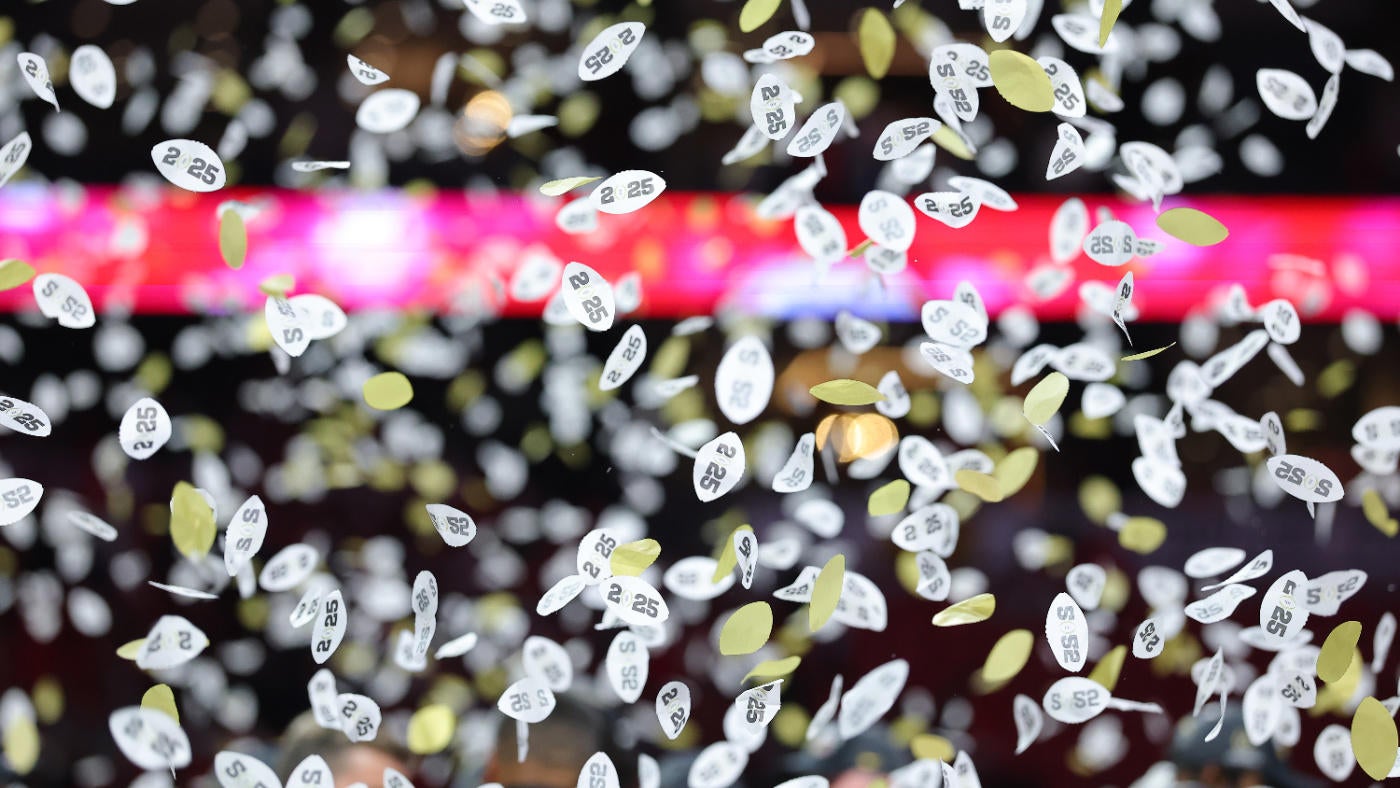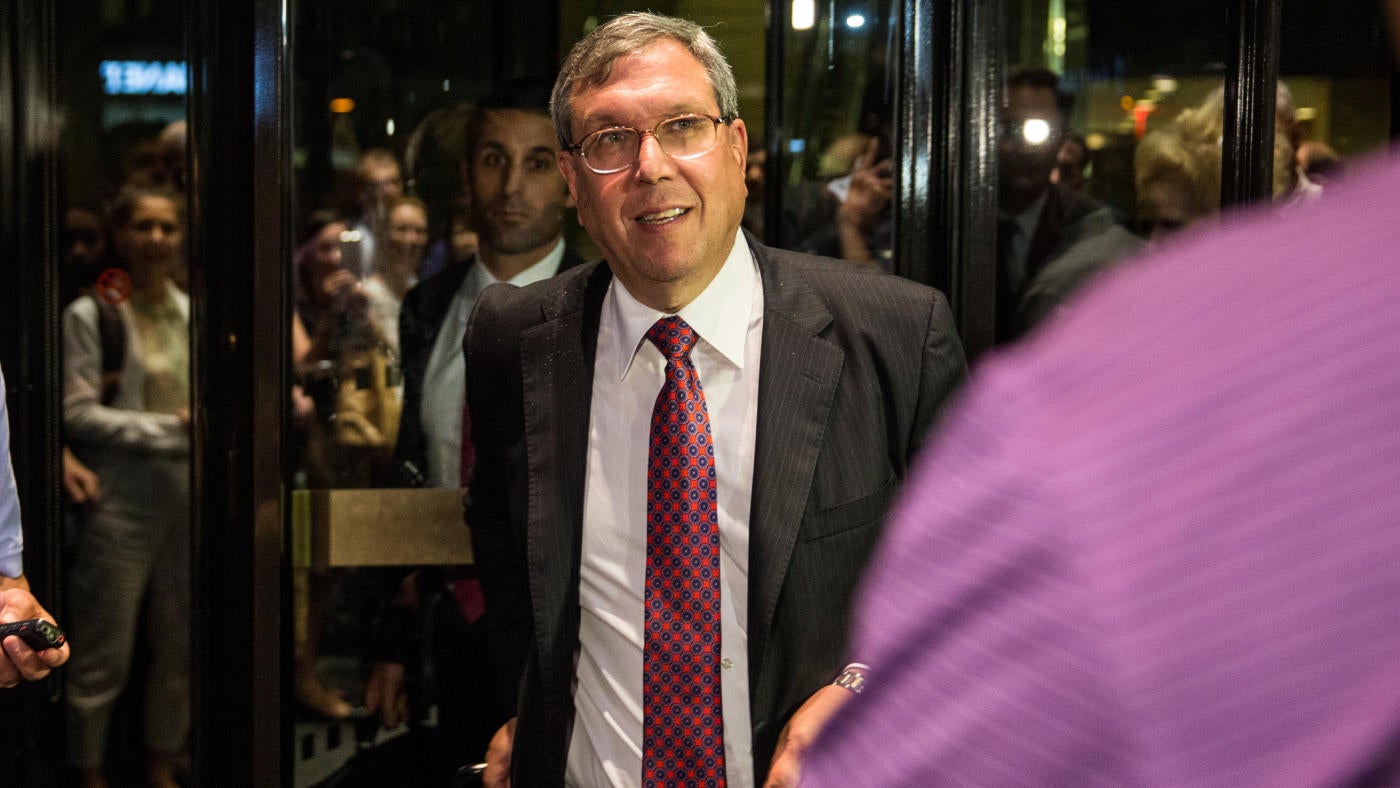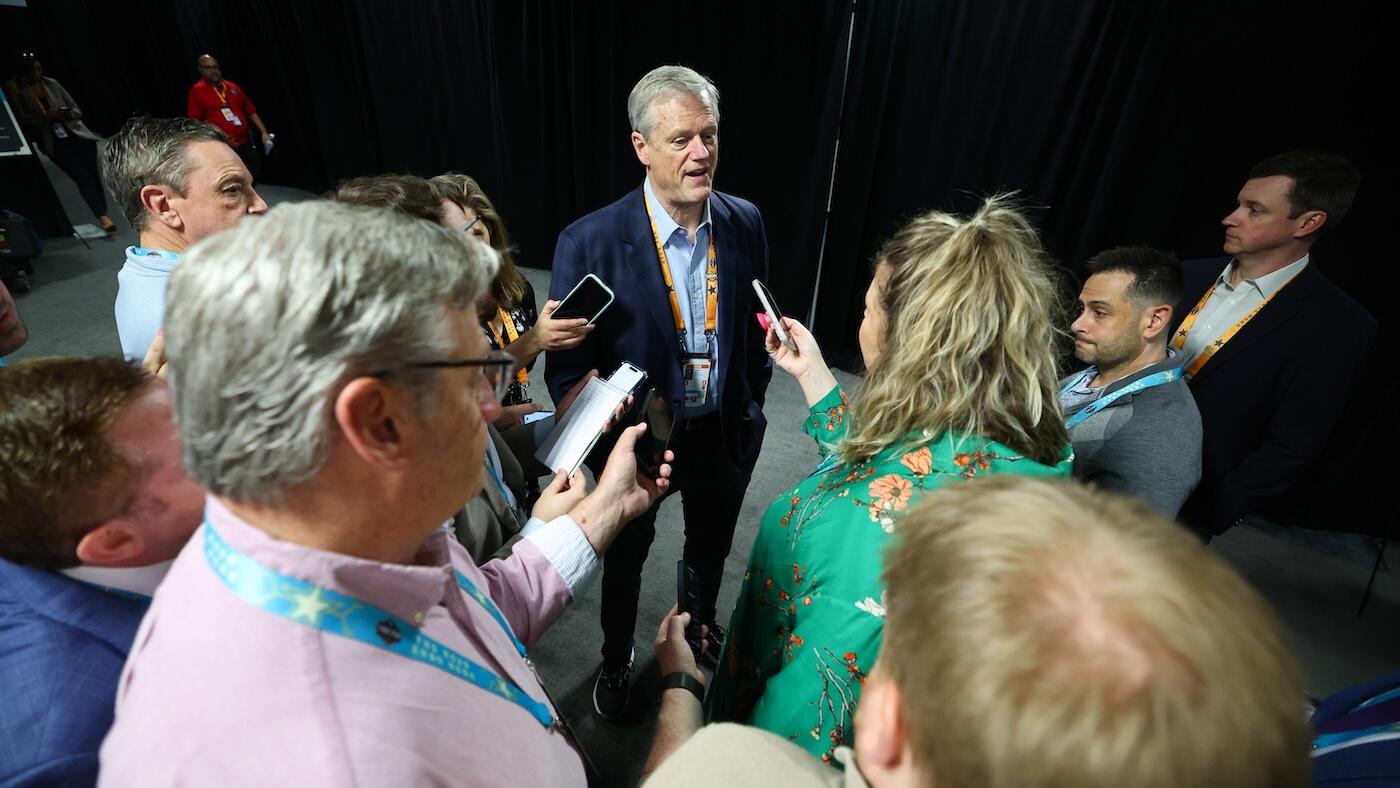The Home vs. NCAA case qualifies as one of the vital important authorized milestones in sports activities historical past (not simply school sports activities). There have been comparable fights within the NFL and Main League Baseball when their unions have been shaped, however that they had illustration. Their aim was to unite.
The Home settlement, nonetheless, could tear school sports activities aside.
“This settlement is unworkable,” gamers’ rights activist Ramogi Huma advised CBS Sports activities. “The faculties are starting to search out that out.”
That is one view. The opposite is from the NCAA that (could) lastly see discount of litigation that has sapped the group of a lot of its which means.
The results of Home establishes a compensation mannequin outdoors of the NCAA. Will probably be overseen by Decide Claudia Wilken, world auditing large Deloitte and the Energy 4 commissioners. They’ll rent a CEO and a board to police the Home components that primarily proceed to cap compensation for athletes.
There shall be a university sports activities CEO — who they’re and the way they’re going to execute an not possible activity is up within the air
Dennis Dodd

On the coronary heart of this dialogue is that cap — about $20.5 million yearly. It’s elective for faculties to determine a revenue-sharing fund to be divided between all sports activities. Nevertheless, a handful of states, Colorado and Nebraska amongst them, have handed legal guidelines permitting faculties to pay athletes an uncapped quantity. That units up a possible showdown with the NCAA, which is rarely factor for the governing affiliation overseeing school athletics.
It is also how Home might crumble, as a result of if one factor is for certain, there shall be extra lawsuits following Monday’s listening to. A template for participant compensation was established in 2019 when California Sen. Nancy Skinner pushed by means of the nation’s first NIL legislation that allowed gamers to revenue from their identify, picture and likeness. It additionally prohibited the NCAA from penalizing state faculties that entered into NIL offers with athletes. Then-NCAA president Mark Emmert threatened faculties that paid gamers with expulsion from NCAA championships.
The California invoice did not go into impact till Jan. 1, 2023, however by then a lot of the injury had been finished. Within the interim, different states adopted California passing comparable legal guidelines and creating momentum for what we see at present. Together with the courts, they mainly compelled the NCAA to cede authority.
The crippling Alston choice by the Supreme Court docket in June 2021 preceded the NCAA permitting NIL advantages a number of days later. The nation’s highest courtroom in Alston mentioned it out loud in its historic 9-0 choice in opposition to school athletics’ Massive Brother: “The NCAA isn’t above the legislation.”
By that point, Home was a yr outdated.
NCAA president Charlie Baker sees Home as not less than a brief answer to an enormous drawback: compensating athletes whereas nonetheless retaining not less than a skinny thread connected to academic mannequin.
“A lot of the entities which can be concerned within the NIL, their main curiosity is athletics. They do not actually care very a lot about teachers,” Baker advised NPR final week. “Ninety-nine % of these student-athletes aren’t going to play professionally, and it will be actually necessary that their tutorial alternatives are pursued. And I feel placing the infrastructure in place that is related to the settlement, that is an enormous win for scholar athletes.”
The NCAA and Energy 4 proceed to hunt an anti-trust and state legislation (see above) exemption. Up to now, these efforts have been fruitless. Guess, then, the place school athletics might ultimately find yourself after Monday?
Yep — again within the Supreme Court docket. And we already know the way these justices really feel in regards to the topic.
It is known as the Home v. NCAA settlement. It is starting to appear like an unraveling. Here’s a breakdown of the settlement and what it means forward of Monday’s listening to.
Home v. NCAA settlement components
- All NIL offers greater than $600 shall be vetted, which results in one other query: Precisely what number of offers are below $600?
- All offers have to be in step with truthful market worth. (One other query: In an NIL market that’s 3 ½ years outdated — and contains free vans for Utah gamers and free tuition for BYU walk-ons — what’s truthful?)
- Colleges can’t surpass the $20.5 million income sharing threshold.
If faculties surpass that threshold — and they’re going to, given historical past — the oversight physique established by the commissioners is anticipated to analyze. If you happen to’re pondering that sounds rather a lot just like the outdated NCAA enforcement course of, you are not flawed.
As of now, it’s nonetheless not clear who these investigators are going to be, what sort of authority they are going to be given and what significant penalties will appear like.
The gamers weren’t on the desk for dialogue of any of the settlement factors. That regardless of, the settlement cash going to a category of former soccer and males’s and ladies’s basketball gamers.
“After 10 years of litigation we’re at a spot the place regardless of the billions of {dollars} in fee, there’ll really be extra restrictions than there at the moment are,” Huma concluded.
What’s Home v. NCAA?
The category-action anti-trust lawsuit was filed in 2020 by Arizona State swimmer Grant Home and ladies’s school basketball participant Sedona Prince looking for an injunction in opposition to the NCAA and Energy 5 conferences. It sought to elevate restrictions on income sharing of media rights revenues.
Highly effective anti-trust attorneys Steve Berman and Jeffrey Kessler represented the plaintiffs.
Meet Jeffrey Kessler, the legal professional who has the NCAA on the ropes after newest win vs. highly effective sports activities leagues
Dennis Dodd

Why are we right here?
Since not less than 2009, when Ed O’Bannon filed go well with in opposition to the NCAA looking for NIL rights after his picture appeared on a online game, there had been momentum for athletes to be pretty compensated for his or her labors. NCAA guidelines restricted advantages to a scholarship, room, board, books and tuition.
In case after case introduced in opposition to the NCAA, it was demonstrated that athletes have been getting used as workers — i.e. working particular and unregulated hours at observe or being compelled to “voluntarily” watch movie on the danger of dropping taking part in time or a scholarship. It had way back turn out to be clear that the training the NCAA pressured was the explanation they’re at school had turn out to be secondary to athletics.
Compounding that employee-employer proof have been a number of well being points, together with 30 deaths within the sport of soccer alone since 2000. In a single darkish chapter, the NCAA in a doc after a Division III participant died of head trauma claimed it “didn’t have a authorized obligation to guard student-athletes.”
Some athletes’ advocacy teams contend gamers might collectively discount their rights with out changing into outright workers. Some argue that it would not matter in the event that they do turn out to be workers and unionize. In January, Dartmouth males’s basketball withdrew a request to unionize citing the incoming Republican administration. In 2014, Northwestern soccer gamers solid a secret vote to unionize. The following yr, the NLRB decided it will not assist the gamers’ unionization effort. The votes have been by no means revealed.
NCAA sorts contend collective bargaining would additional erode what’s left the collegiate mannequin.
How did Home v. NCAA evolve?
The NCAA took successful within the case in November 2023 when Decide Wilken granted class certification in Home, making the case extra of a zero-sum sport for the NCAA. Seven months later, the NCAA settled. It agreed to pay $2.75 billion in back-pay damages to Division I athletes from 2016 to 2024. That is one of many greatest sports activities settlements in historical past.
Going ahead, faculties have been additionally allowed to “decide in” to a median annual $20.5 million revenue-sharing piece that might be paid out over 10 years. That quantity will improve by 4% yearly. That income sharing piece shall be price greater than $30 million in 10 years.
Typically, faculties are dividing the determine on this method: 75% to soccer, 15% to males’s basketball, 5% to girls’s basketball and the remaining 5% to all the opposite sports activities.
To reduce the possibility of extra litigation, the settlement comprises roster caps for every sport. In soccer, which means groups can have a whole roster of solely 105. Colleges equivalent to Nebraska had rosters of 140. Roster caps will all however remove the long-time custom of walks-ons.
All scholarships at the moment are “equivalency” awards, which suggests faculties can award partial scholarships in all sports activities. That, theoretically, saves cash; nonetheless, some would additionally argue it reduces alternative. (Beforehand, solely 5 sports activities awarded full “head rely” scholarships: soccer, males’s and ladies’s basketball, volleyball, girls’s tennis and ladies’s gymnastics.)
What occurs on Monday?
Wilken will hear objections on Monday, paradoxically the identical throughout which the Division I males’s basketball nationwide championship sport will happen. She’s going to then determine whether or not to grant last approval of the settlement. The final consensus is that Wilken will grant the approval, however the course of might take days, even weeks.
Wilken is aware of the problems having overseen the O’Bannon case. Pending approval, the settlement will go into impact July 1.
Distinguished sports activities legislation legal professional Mit Winter mentioned “there’s a not insignificant likelihood” Wilken won’t approve the settlement. If she would not, the case would go to trial. If the NCAA loses, it will owe triple the damages, a verdict that might successfully bankrupt and finish the affiliation.
Do not count on school sports activities’ landmark Home settlement to be full Monday, NCAA president says
Dennis Dodd

Aftermath from Monday’s Home v. NCAA listening to
Lawsuits — a lot of them. There’s each chance that the panorama shall be much more complicated after the settlement. A number of sources count on fits concerning gender fairness, roster limitations and the income share cap. You are manner forward of issues when you recall that is how we acquired right here 16 years in the past with O’Bannon.
It is only a matter of when the legal professionals pounce in these perceived inequities.
The Biden Dept. of Justice expressed concern with the settlement in January. Donald Trump’s DOJ has but to weigh in.
Wilken has agreed to listen to three objectors on Monday: LSU gymnast Livvy Dunne, Utah swimmer Gannon Flynn and highschool monitor athlete Gracelynn Laudermilch. Whereas Wilken has made it clear she can’t make adjustments to the settlement, she is going to hear these objections solely as they apply as to if the case ought to go to trial.




